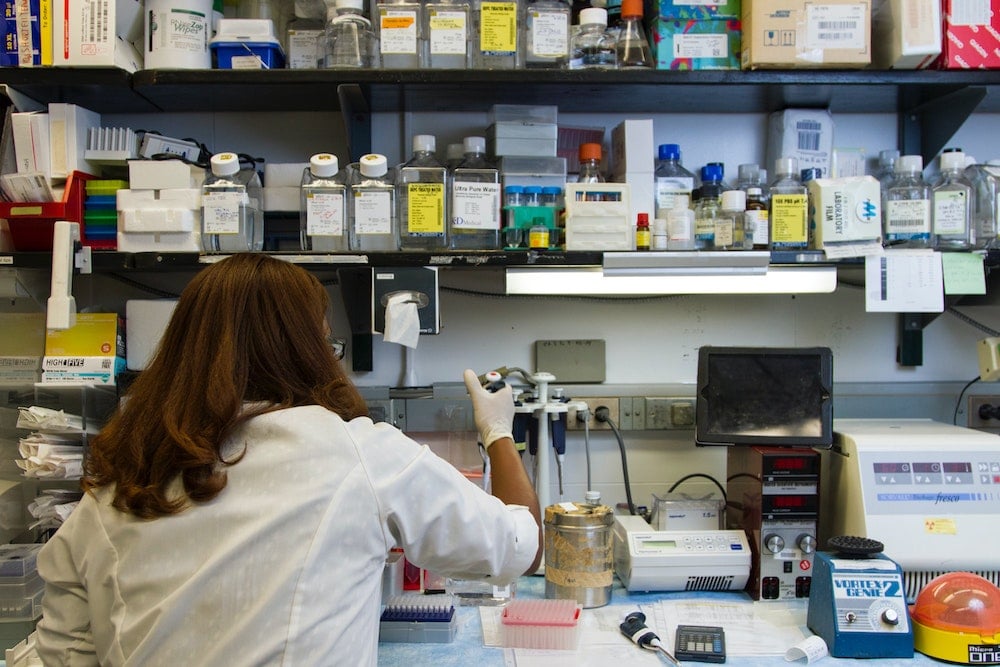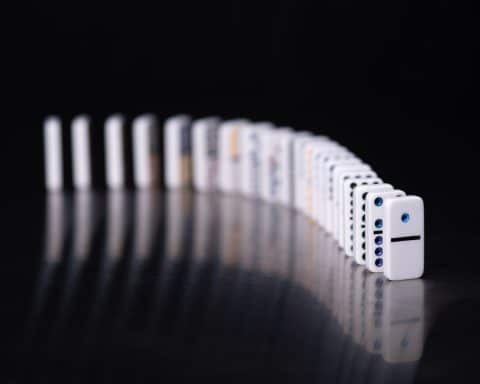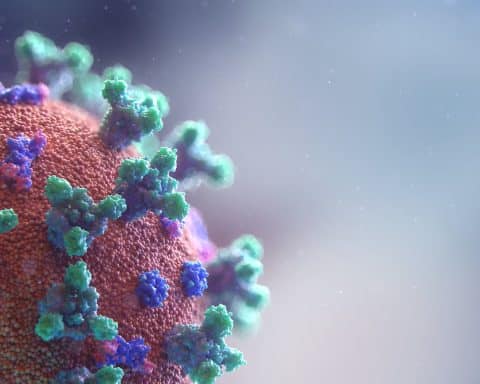
The arrival of IgG antibody tests has been touted as a game-changer in the management of COVID-19. The UK government has announced a deal with Abbot and Roche who will provide these tests. Despite the fact that the science is still unclear as to what a positive IgG result for SARS-CoV 2 actually means in terms of long term protection, it would require a pretty hardened pessimist to not get somewhat excited by the development. Prospects of getting the country moving again as a result of these tests can only be seen as a positive.
However, one must temper the excitement with cautious interpretation of the results. It wasn’t that long ago that a false dawn was promised with antibody tests, which culminated in the government seeking refunds from two Chinese companies that provided them. Things, thankfully, look more promising with the new batch of tests that have been made available. High sensitivity and specificity values have been quoted by the manufacturers (Abbot 100% and 99.5%; Roche 100% and 99.8%).
These impressively high sensitivity and specificity numbers, therefore, have to be interpreted with caution.
Recent estimates suggest that approximately 7% of the country has had the virus. This generates interesting results in terms of PPV and NPV. The lower the prevalence, the lower the positive predictive value of the test becomes, unless the test has 100% specificity. At 7% prevalence, both the Roche and Abbot test give 100% NPV. The Roche test, however, has a superior PPV of 97% compared to 93% of the Abbot test; a difference in specificity of 0.3% results in a 4% difference in PPV. A test with a sensitivity and specificity of 90% gives a PPV of 40% (essentially useless) and NPV of 99%.
The problem of interpreting the test result is compounded due to the low prevalence of the condition.
As GPs we need to be aware of the limitations that these new, upcoming tests have in order to best help navigate our patients through the continuing uncertainty that the current pandemic presents us with.
Featured photo by National Cancer Institute on Unsplash








